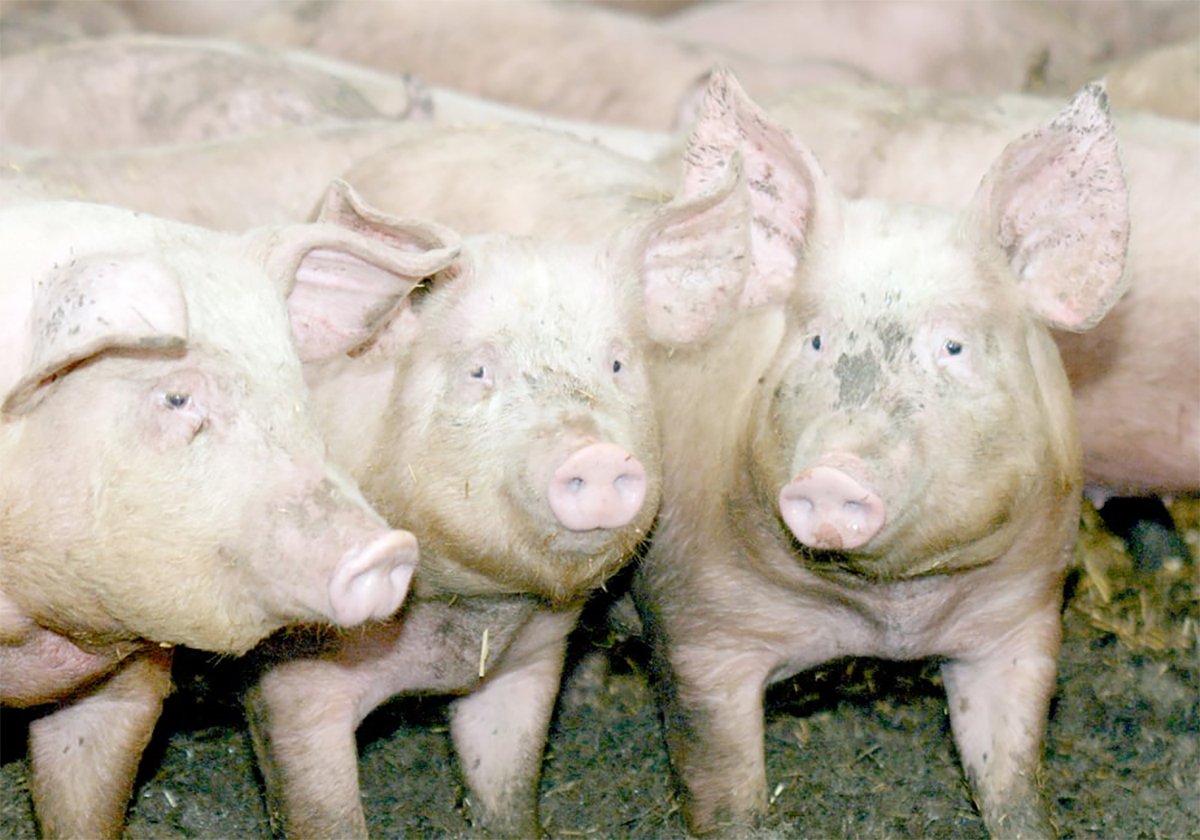TORONTO, Ont. – Canada’s livestock sector has failed to convince federal and provincial agriculture ministers that part of the solution to their cash crisis must be a lifting of the $3 million annual cap on what individual operations can receive from farm programs.
At the end of a one-day federal-provincial ministers’ meeting May 30, there was a commitment only to consider the idea before they meet again in Quebec City in July.
There clearly were some skeptics.
Cattle and hog sector leaders have argued that because most of the production is done on large operations, the $3 million cap on support is little more than social engineering to gear support programs toward smaller operations.
Read Also

The Western Producer Livestock Report – October 2, 2025
Western Producer Livestock Report for October 2, 2025. See U.S. & Canadian hog prices, Canadian bison & lamb market data and sale insight.
Some larger operations, at the height of the hog and beef price crisis last winter, were losing the maximum payout in weeks.
On May 20, Ontario hog producer and Canadian Pork Council president Clare Schlegel told ministers that the $3 million cap under the AgriStability program should be removed.
“At a minimum, the cap should be $10 million to avoid farms splitting their operations,” he told ministers in a private session.
It was clear at the end of the meeting that there was no agreement on that point.
Most of the larger operations that would benefit from a higher cap are in the West and no provinces east of Ontario see the benefit of letting some big western operations take more money out of the safety net envelope.
Ontario agriculture minister Leona Dombrowsky said after the meeting she had her doubts.
“I indicated at the table today that this, if it was to be implemented, would have financial repercussions for the province of Ontario so I’m going to have to assess that,” she said.
“It was an ask for more money,” she said. “It would involve going back to our treasuries and getting some approvals on that and I’m not able to make commitments on that at this time.”
Ontario already has rolled out $150 million in ad hoc payments, much of it for livestock, she said.
Federal minister Gerry Ritz, who said before the meeting he supported increasing the payment cap, came out of the meeting less resolute.
“Any changes to the business risk suite, which would mean changing the caps and so on that livestock producers have talked to us about … certainly we heard that. That’s one of the asks that they have,” he told the closing news conference. “We are assessing it. We’re working with it and we will continue to move forward in the most fulsome way we can for the livestock sector to help them realign to the realities of today.”
The issue will be on the table again when ministers meet in Quebec City in mid-July.
















